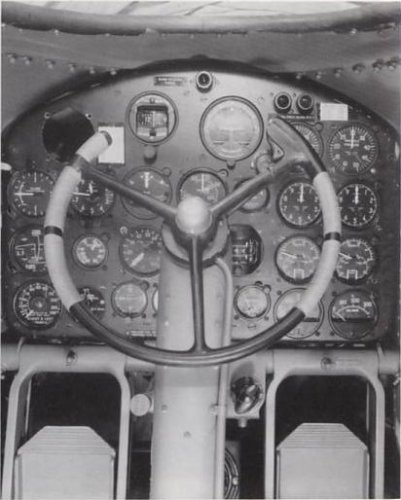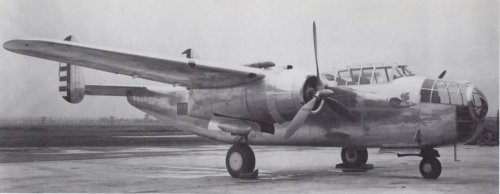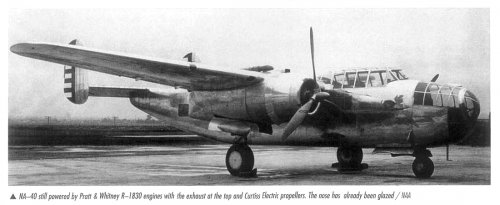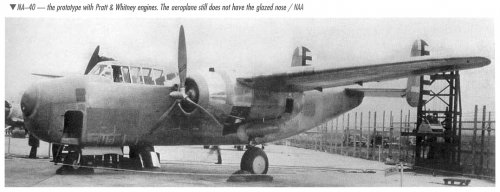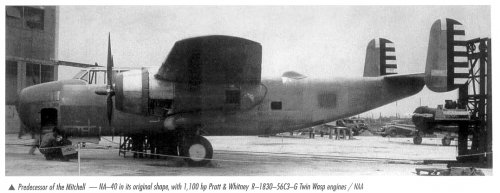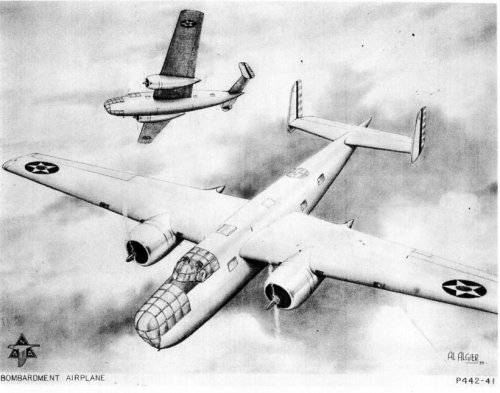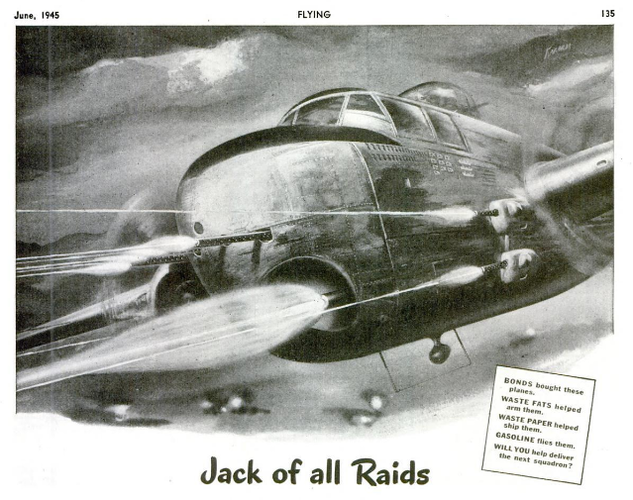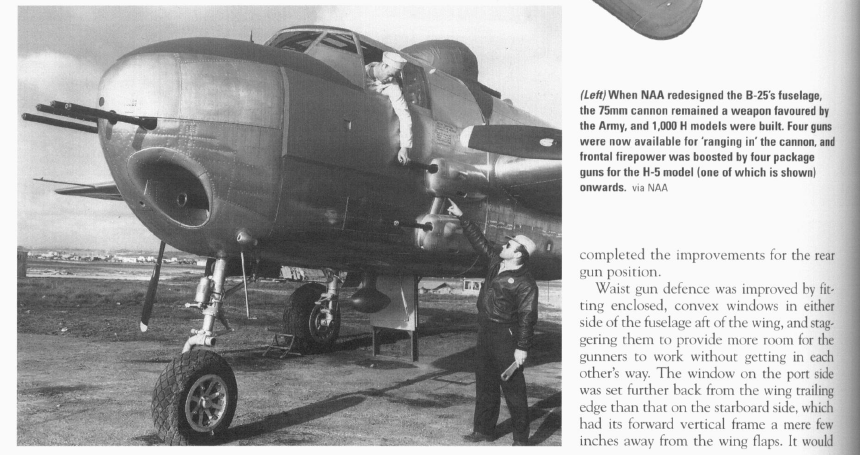- Joined
- 25 July 2007
- Messages
- 4,167
- Reaction score
- 3,835
From the University of Washington's Aeronautical Laboratory in Seattle.
http://www.uwal.org/multimedia/historical.htm
Obviously not an unbuilt project exactly but perhaps the final development stages between North American's NA-40B and the NA-62.
The first (1939) shows a NA-62 model with undercarriage down.
The model looks much like the first production B-25s except for the vertical tails. These surfaces have the outline and higher position of the NA-40 tails. Rudder shape is generally like that of the NA-40 but lacks the aerodynamic balance (à la the NA-62).
I include shots of the vertical tails of both the NA-62 (L) and NA-40B (R).
The second series show different approaches to the horizontal tail surfaces (the vertical tails appear to have the same proportions as those on the u/c down model).
On the left (1939), the horizontal surfaces are flat (and the wings are of constant dihedral). In the centre (1940), the horizontal surfaces have dihedral applied. On the right (1940), the horizontal surfaces are dihedraled and the vertical tails are also canted.
On the right, note also that dihedral has been eliminated from the outer wing panels (as per the tenth production B-25).
BTW: all these wind tunnel models models are identified as "Boeing B-25"
Finally comes the "North American Aviation XB-2B [sic] Pressurized Medium Bomber (1940)". Is it me or does this NA-63 have twin tails?
http://www.uwal.org/multimedia/historical.htm
Obviously not an unbuilt project exactly but perhaps the final development stages between North American's NA-40B and the NA-62.
The first (1939) shows a NA-62 model with undercarriage down.
The model looks much like the first production B-25s except for the vertical tails. These surfaces have the outline and higher position of the NA-40 tails. Rudder shape is generally like that of the NA-40 but lacks the aerodynamic balance (à la the NA-62).
I include shots of the vertical tails of both the NA-62 (L) and NA-40B (R).
The second series show different approaches to the horizontal tail surfaces (the vertical tails appear to have the same proportions as those on the u/c down model).
On the left (1939), the horizontal surfaces are flat (and the wings are of constant dihedral). In the centre (1940), the horizontal surfaces have dihedral applied. On the right (1940), the horizontal surfaces are dihedraled and the vertical tails are also canted.
On the right, note also that dihedral has been eliminated from the outer wing panels (as per the tenth production B-25).
BTW: all these wind tunnel models models are identified as "Boeing B-25"
Finally comes the "North American Aviation XB-2B [sic] Pressurized Medium Bomber (1940)". Is it me or does this NA-63 have twin tails?









